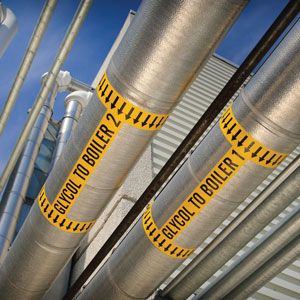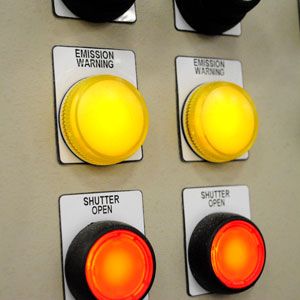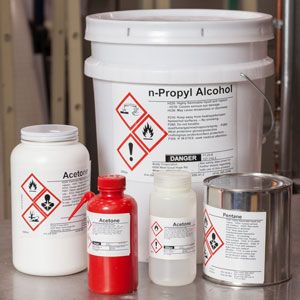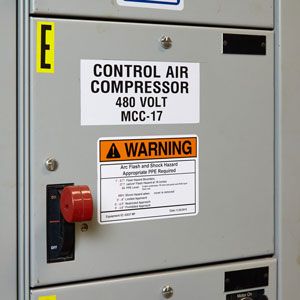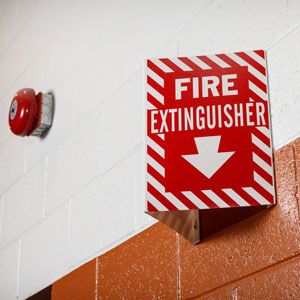5 Ways Color Visuals Make Your Workplace Safer
Color is a powerful tool that can be used to convey information quickly. It speaks a visual language that employees are able to process before they are even aware of it. A visual workplace that uses the universal language of color to help communicate important messages can simplify learning and reduce employee training costs. Read on to learn the five ways color visuals make your workplace more efficient and safer:
-
1. Color speeds visual search
Colors and color coding help to convey information quickly and easily. When presented with many distractions, people rely on their eyes to visually scan their surroundings and locate a specific feature or item. When consistent color standards and color coding are used in the workplace, people are able to visually recognize and identify more quickly where to locate certain items or how to respond to warnings or directional signage.

-
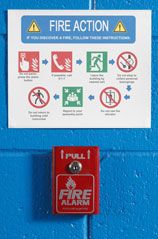
2. Color improves recognition
The human brain is hardwired to jump to conclusions, enabling you to recognize things faster if the color reflects the way you are used to seeing such things. For example, a blue stop sign would cause the viewer some confusion and they would need to think about what action to take before responding. The additional time it takes to consider what action to take in cases like this slows the process and causes the employee to be less efficient.
-
3. Color emphasizes information
Humans are drawn to colors, especially bright colors. Human brains are compelled to find meaning when they see color, whether or not meaning is intended. Since people cannot process every object within view at one time, color can be used to emphasize or de-emphasize areas or objects within your workplace. An example of this is the use of a colored sign above an exit door, while a door simply leading to another room has no emphasizing sign.
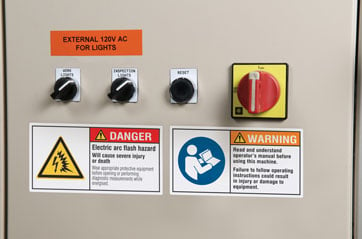
-

4. Color shows associations
Using the same color indicates a relationship. Think about shadow boards and the correlating colors of the labels on the tools themselves, sections in a manual or catalog that are differentiated by color, or product parts that use colors to show how to put them together. In all of these cases, the use of the same color labeling quickly shows the relationship between each item.
-
5. Color transmits important messages
Colors are required to transmit important information to employees and visitors in the workplace. Because we rely on color associations and scanning for color cues, the proper use of a standardized color code is the first step to a safer, more productive workplace. Consider a yellow crossing sign – anytime this yellow sign catches a person’s attention, they know the message is important and that caution must be taken.
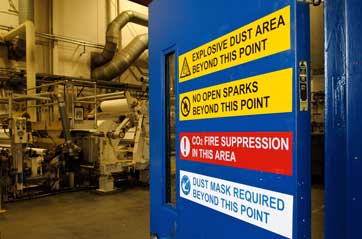
Examples of color visuals in the workplace
There are numerous ways color can be used to effectively communicate important safety messages as part of a visual workplace.


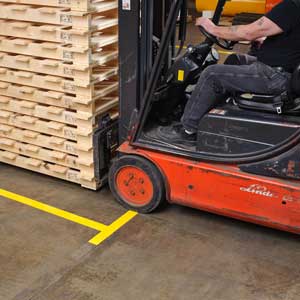
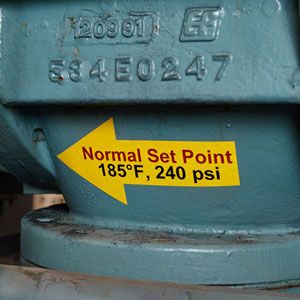
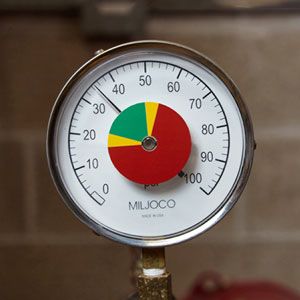
Gauge labels
